Introduction
Ghee, a form of clarified butter, has been a staple in Ayurvedic medicine for centuries. Ayurveda, the ancient Indian system of medicine, recognizes the therapeutic properties of ghee and has incorporated it into various healing practices. Today, ghee is not only cherished in traditional Ayurvedic medicine but also gaining popularity in modern wellness and culinary circles for its potential health benefits. In this article, we will explore the traditional uses of ghee in Ayurveda and its modern applications in promoting well-being.
Ghee, the golden elixir of culinary and wellness traditions, boasts a history steeped in the wisdom of ancient healing practices. Within the realm of Ayurvedic medicine, a holistic system that has flourished in India for millennia, ghee has played a starring role. Its therapeutic properties have been cherished and harnessed for centuries, making it an integral component of Ayurvedic healing.
The ancient art of Ayurveda recognizes ghee not only as a source of nourishment but also as a carrier of medicinal properties. Its application extends far beyond the kitchen; it becomes a vehicle for wellness and healing. Ayurveda prizes ghee for its potential to balance the body’s doshas—Vata, Pitta, and Kapha—bringing harmony to the mind, body, and spirit.
In Ayurvedic rituals, ghee is employed as a carrier for herbs and spices, enhancing their efficacy and aiding in their absorption by the body. These ghee-infused concoctions, known as “ghritas,” are used to address a myriad of health concerns, from digestive issues to joint discomfort.
But the allure of ghee extends far beyond the boundaries of traditional Ayurveda. In the modern wellness landscape, it has carved a niche for itself as a symbol of holistic health. Its rich, nutty flavor and potential health benefits have captured the attention of culinary enthusiasts and health-conscious individuals alike.
Today, ghee is celebrated not only for its traditional roots but also for its adaptability in contemporary culinary creations. It serves as a versatile cooking fat, a dairy-free alternative for those with lactose sensitivities, and a potential source of healthy fats in various dietary approaches.
In this article, we embark on a journey that bridges ancient wisdom with modern sensibilities. We explore the time-honored uses of ghee in Ayurveda and unveil its applications in today’s wellness and culinary landscapes. As we delve into the rich tapestry of ghee’s history and contemporary allure, we gain a deeper appreciation for this golden treasure that continues to nourish and heal, transcending both time and tradition.
Don’t stop here; you can continue your exploration by following this link for more details: Modern Science Backs Up Ancient Knowledge Of Ayurveda …
In Ayurveda, ghee is considered one of the most sattvic (pure and harmonious) foods, and it holds a special place in promoting balance and healing in the body. It is believed to have a unique ability to carry the therapeutic properties of herbs and spices into the tissues of the body.
Within the realm of Ayurveda, an ancient system of holistic healing, ghee is revered as more than just a culinary delight; it is deemed one of the most sattvic foods—a designation that speaks to its pure and harmonious nature. In this intricate philosophy of health and wellness, ghee occupies a sacred place, serving as a catalyst for balance and healing within the body.
The concept of sattva, which represents purity, clarity, and harmony, is central to Ayurveda. Foods that align with sattva are believed to nourish not only the body but also the mind and spirit, fostering a sense of tranquility and well-being. Ghee is a shining example of such a sattvic food, cherished for its ability to impart these qualities to those who consume it.
Beyond its inherent purity, ghee possesses a unique and profound attribute—it acts as a carrier, a vessel, through which the therapeutic properties of herbs and spices can be channeled deep into the body’s tissues. This transformative quality is at the heart of Ayurvedic herbal preparations known as “ghritas” or “medicated ghees.” These preparations involve infusing ghee with various herbs and spices, harnessing their medicinal potential.
Through a meticulous process of preparation, the ghee takes on the essence of these herbs and spices, becoming a potent vehicle for delivering their healing properties. When consumed, the medicated ghee not only nourishes the body but also imparts the specific therapeutic benefits of the herbs and spices, thereby promoting balance and healing.
The synergy between ghee and Ayurvedic herbs and spices is a testament to the profound wisdom of this ancient system of medicine. It recognizes that true healing extends beyond the physical realm, encompassing the holistic well-being of an individual—the harmonious balance of body, mind, and spirit.
In Ayurveda, ghee is not merely a component of the diet; it is a carrier of ancient wisdom, a conduit for healing, and a symbol of purity and balance. It reminds us that food can be more than sustenance; it can be a source of profound nourishment, fostering harmony within ourselves and our connection to the world around us. In the gentle embrace of ghee, we find a profound reminder that nature, in its simplicity, offers us the most profound gifts for our well-being.
Looking for more insights? You’ll find them right here in our extended coverage: Chyawanprash Health Benefits – Ayurvedic Herbs | Banyan Botanicals
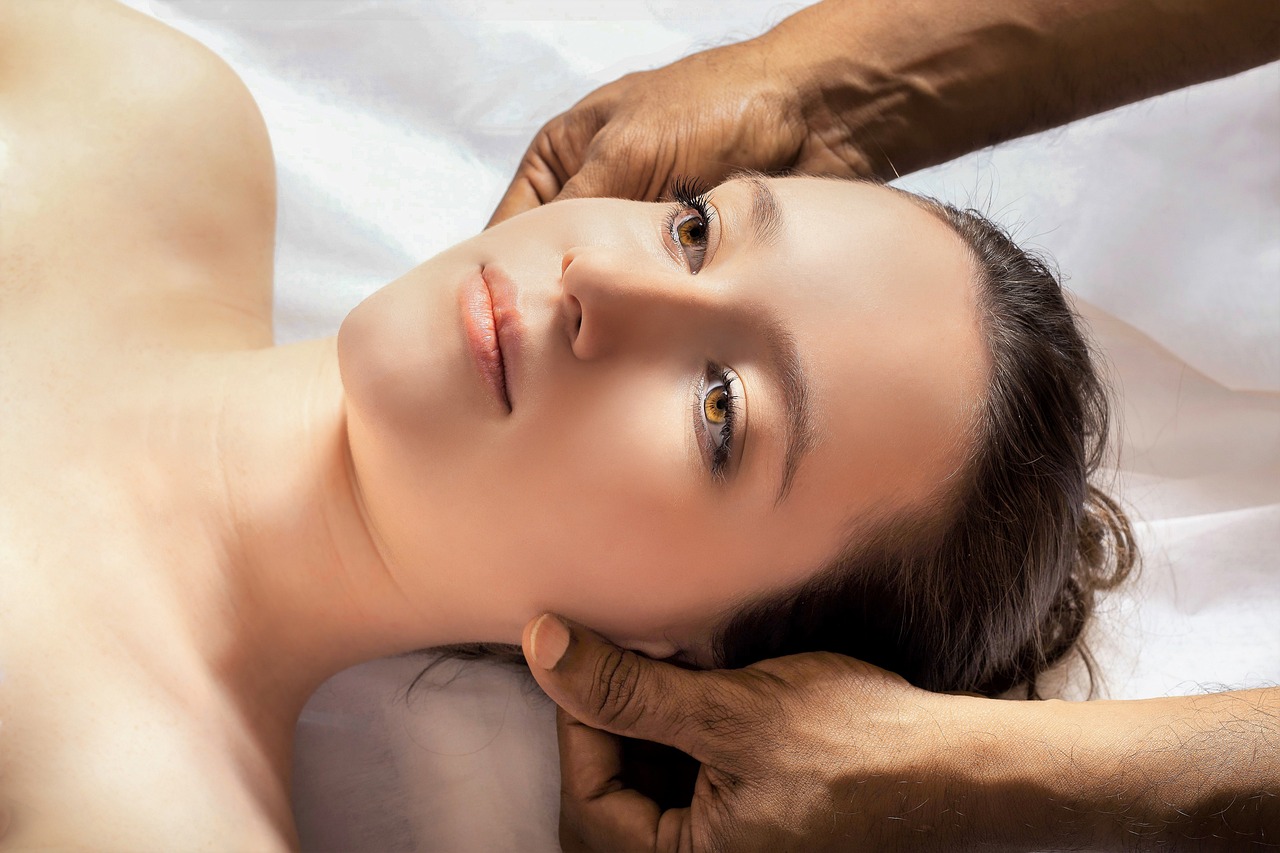
Ghee is often used as a carrier for herbs and spices in Ayurvedic formulations, known as “ghritas.” These herbal ghees are created by simmering herbs or spices in ghee, allowing the fat to absorb the beneficial compounds. Ghritas are used to address various health conditions, from digestive disorders to neurological issues.
nullLooking for more insights? You’ll find them right here in our extended coverage: Indian Traditional Ayurvedic System of Medicine and Nutritional …

Ghee plays a vital role in Panchakarma, an Ayurvedic detoxification and rejuvenation therapy. During this process, individuals consume medicated ghee to help loosen and eliminate toxins from the body’s tissues.
Ghee’s role in Ayurvedic Panchakarma, a profound detoxification and rejuvenation therapy, cannot be overstated. This ancient practice harnesses the unique properties of ghee to facilitate a comprehensive cleansing of the body, addressing not only physical but also mental and emotional well-being. Here’s a deeper dive into how ghee is utilized in this transformative process:
Snehana (Oleation): Panchakarma begins with the process of snehana, which involves internal oleation. Here, individuals consume medicated ghee over a specified period. This ghee is prepared with carefully selected herbs and formulations tailored to the individual’s constitution and imbalances. The ghee is thought to penetrate deep into the tissues, lubricating them and preparing the body for the elimination of accumulated toxins.
Agnideepana (Kindling the Digestive Fire): The intake of medicated ghee is followed by a specific diet designed to kindle the digestive fire, or agni. This helps ensure that the ghee is efficiently metabolized and that toxins, known as ama in Ayurveda, are mobilized from their storage sites within the body.
Swedana (Sweating): After the initial oleation phase, individuals undergo sweating treatments, often through herbal steam baths or sauna sessions. This further aids in the liquefaction and mobilization of toxins, making them more accessible for elimination.
Virechana (Purgation): The culmination of the preparatory phase is virechana, a controlled therapeutic purgation. This step involves the use of specific herbal formulations to induce a gentle, cleansing purge. The medicated ghee, along with the heat treatments and agni-stimulating diet, has prepared the body for this crucial step in expelling toxins.
Post-Cleanse Rejuvenation: Following the elimination of toxins, the focus shifts to rejuvenation. Medicated ghee continues to play a role in nourishing the body and replenishing it with essential nutrients. This phase aims to restore balance, strengthen the digestive system, and support overall well-being.
Mental and Emotional Detox: Panchakarma isn’t limited to physical detoxification; it also addresses mental and emotional aspects. The process encourages introspection and emotional release, promoting a holistic sense of rejuvenation and well-being.
Individualized Approach: Panchakarma is highly individualized, with treatments and medicated ghee formulations tailored to each person’s unique constitution (prakriti) and current imbalances (vikriti). This personalized approach is central to the effectiveness of the therapy.
Long-Lasting Benefits: Panchakarma is not just a short-term detox; its effects are often long-lasting. Many individuals report improved energy, mental clarity, digestive health, and emotional balance after undergoing Panchakarma.
In conclusion, ghee’s role in Ayurvedic Panchakarma underscores its significance in promoting holistic well-being. Beyond its culinary uses, ghee is a powerful tool in Ayurvedic medicine, facilitating the comprehensive cleansing, rejuvenation, and restoration of the body, mind, and spirit. Panchakarma, with its reliance on medicated ghee, exemplifies the profound connection between ancient wisdom and modern wellness practices.
Additionally, you can find further information on this topic by visiting this page: The effect of ghee (clarified butter) on serum lipid levels and …
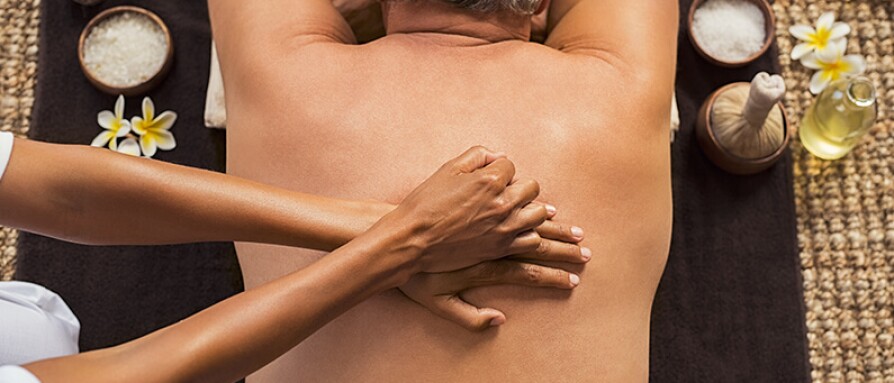
In Ayurvedic daily dietary practices, ghee is often used for cooking and as a topping for foods like rice and lentils. It is believed to enhance digestion, nourish the body, and promote mental clarity.
In Ayurvedic dietary traditions, the use of ghee holds a revered place, not just for its culinary applications but also for its potential holistic benefits that extend beyond the realm of taste. Here, we delve deeper into how ghee is embraced in Ayurveda and the multifaceted advantages it is believed to offer:
Digestive Elixir: Ghee is often hailed as a digestive elixir in Ayurveda. It is thought to stimulate digestive fire (agni), making it easier for the body to break down and absorb nutrients from the foods we consume. This is particularly beneficial for individuals with weak digestion or those experiencing digestive discomfort. Ghee’s ability to kindle agni is seen as a way to enhance nutrient assimilation and alleviate issues like bloating and indigestion.
Nourishing the Body: Ayurveda places a strong emphasis on nourishing and balancing the body through food. Ghee is considered an ideal vehicle for delivering vital nutrients to the body’s tissues. Its richness in fat-soluble vitamins, such as vitamins A, D, E, and K, is believed to support overall nourishment and cellular health. Regular consumption of ghee is thought to contribute to a sense of vitality and well-being.
Balancing Doshas: Ayurveda revolves around the concept of doshas (Vata, Pitta, and Kapha), which represent individual constitutions and imbalances. Ghee is often used to balance these doshas. For instance, ghee is considered pacifying for excess Pitta, as it is cooling and soothing. It’s also deemed grounding for Vata types, who tend to benefit from its stabilizing qualities. By tailoring ghee consumption to one’s dosha, Ayurvedic practitioners aim to achieve a harmonious equilibrium within the body.
Promoting Mental Clarity: Mental clarity and cognitive well-being are highly valued in Ayurveda. Ghee is believed to have a sattvic quality, which means it promotes purity, clarity, and tranquility of the mind. This quality is considered conducive to mental focus, meditative practices, and an overall sense of emotional balance.
Skin and Beauty: Ghee’s nourishing properties extend to the realm of beauty and skincare in Ayurveda. It’s applied topically and consumed internally to nourish the skin, providing a radiant and healthy complexion. The practice of using ghee as a natural moisturizer and massage oil is prevalent in Ayurvedic skincare routines.
Enhancing Flavor: Beyond its therapeutic benefits, ghee also serves to elevate the flavors of dishes. Its rich, nutty aroma and buttery taste enhance the overall culinary experience, making it a prized ingredient in Ayurvedic cuisine.
Incorporating ghee into your diet in alignment with Ayurvedic principles is a holistic approach to nourishing both the body and mind. While Ayurveda’s wisdom continues to resonate with many, it’s essential to consult with an Ayurvedic practitioner or a healthcare provider for personalized guidance, as individual needs and constitution may vary. Whether you embrace Ayurveda fully or simply appreciate the unique qualities of ghee, its role in promoting health and well-being is a testament to the rich tapestry of culinary traditions and holistic practices that have stood the test of time.
To expand your knowledge on this subject, make sure to read on at this location: Ethnic food culture of Chhattisgarh state of India | Journal of Ethnic …

Ghee is used in Ayurvedic massage therapies, known as Abhyanga. Warm ghee is gently massaged into the skin, promoting relaxation, improved circulation, and overall well-being.
The use of ghee in Ayurvedic massage therapies, such as Abhyanga, is a time-honored practice rooted in ancient Indian traditions. This therapeutic technique extends beyond the realm of mere skincare; it holds the potential to provide a profound sense of well-being and harmony for both the body and mind.
Nourishing the Skin:
Warm ghee, when gently massaged into the skin, serves as a nourishing elixir. Its rich, emollient nature deeply hydrates the skin, helping to alleviate dryness and promote a soft, supple complexion. The lipids in ghee act as a natural moisturizer, creating a protective barrier that locks in moisture and shields the skin from environmental stressors.
Enhancing Circulation:
During an Abhyanga massage, the rhythmic strokes and warm ghee work in tandem to enhance blood circulation. Improved circulation carries vital nutrients and oxygen to the skin’s cells, promoting a healthy, radiant glow. This enhanced blood flow also aids in the removal of toxins and metabolic waste products, contributing to skin detoxification.
Relaxation and Stress Reduction:
The therapeutic benefits of Abhyanga extend beyond the physical realm. The soothing touch of the massage, combined with the warmth and aroma of ghee, induces a profound sense of relaxation. This relaxation response helps reduce stress and anxiety, allowing the recipient to experience a state of mental calmness and tranquility. It is not uncommon for Abhyanga to be accompanied by soft, meditative music and a tranquil environment, creating a holistic healing experience.
Balancing Energies:
In Ayurveda, it is believed that Abhyanga helps balance the doshas, which are the fundamental energies governing our physical and mental states. The choice of ghee for the massage can be tailored to an individual’s dosha type. For example, warm ghee may be particularly soothing for individuals with a Vata constitution, helping to alleviate feelings of coldness and dryness.
Caring for Mind and Body:
Ayurvedic massage with ghee goes beyond the physical act of skincare; it represents a holistic approach to well-being. It acknowledges the interconnectedness of the mind and body and aims to restore harmony on multiple levels. By nurturing the skin, improving circulation, and inducing relaxation, Abhyanga with ghee provides a comprehensive wellness experience that leaves individuals feeling rejuvenated, balanced, and deeply cared for.
In conclusion, the use of ghee in Ayurvedic massage therapies like Abhyanga is a testament to the ancient wisdom of holistic healing. It showcases how a simple, natural ingredient can be harnessed to promote not only physical health but also emotional and mental well-being. As this tradition continues to find resonance in modern wellness practices, it serves as a reminder of the enduring wisdom of Ayurveda in nurturing our overall health and vitality.
Don’t stop here; you can continue your exploration by following this link for more details: An Overview on Ashwagandha: A Rasayana (Rejuvenator) of …
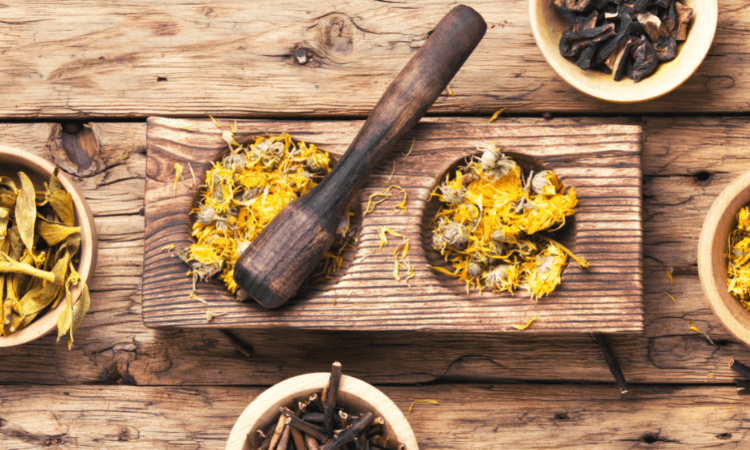
In recent years, ghee has transcended its traditional Ayurvedic use and found a place in modern health and wellness practices:
nullTo expand your knowledge on this subject, make sure to read on at this location: Modern Science Backs Up Ancient Knowledge Of Ayurveda …

Ghee has gained popularity as a versatile and flavorful cooking fat. Its high smoke point makes it suitable for frying, sautéing, and roasting, while its rich, nutty flavor enhances a wide range of dishes.
The rise in popularity of ghee has been nothing short of remarkable in the culinary world. This clarified butter, born out of ancient traditions, has transcended cultural boundaries to become a cherished ingredient in kitchens worldwide. Its appeal lies not only in its cultural significance but also in its remarkable versatility and rich, nutty flavor.
One of the most enticing qualities of ghee is its high smoke point, a characteristic that sets it apart from many other cooking fats. When exposed to heat, ghee maintains its stability and doesn’t break down easily, even at high temperatures. This exceptional heat resistance makes it an ideal choice for a wide range of cooking techniques. Whether you’re frying crispy samosas, sautéing fragrant spices, or roasting vegetables to caramelized perfection, ghee can handle the heat with grace, ensuring that your dishes turn out both delicious and beautifully cooked.
But the allure of ghee extends far beyond its performance under heat. It’s the captivating depth of flavor that truly makes it stand out. As ghee is prepared by simmering butter to remove its water content and milk solids, what remains is pure, golden butterfat. During this process, the butterfat takes on a rich, nutty aroma and taste, transforming it into a culinary treasure that can elevate the simplest of dishes.
Ghee’s nutty essence is like a versatile palette of flavors, ready to enhance a variety of cuisines. Whether you’re drizzling it over steamed rice, using it to sauté vegetables, or incorporating it into a dessert, ghee adds a delightful complexity that tantalizes the taste buds.
Furthermore, ghee isn’t just known for its culinary appeal; it also boasts potential health benefits. Being free from lactose and casein, it’s often better tolerated by individuals with dairy sensitivities. Additionally, ghee contains healthy fats, including conjugated linoleic acid (CLA) and butyric acid, which have been linked to potential health advantages when consumed in moderation.
In essence, ghee’s journey from traditional kitchens to contemporary cuisines is a testament to its exceptional qualities. Its high smoke point and captivating flavor make it a cooking fat of choice for chefs and home cooks alike. Whether you’re creating a classic Indian curry, experimenting with international flavors, or simply seeking a flavorful and versatile ingredient, ghee stands ready to transform your culinary endeavors into savory masterpieces, all while offering a potential touch of health benefits.
Looking for more insights? You’ll find them right here in our extended coverage: Discovering Rock Salt: Uses, Benefits, and Its Distinct Identity …
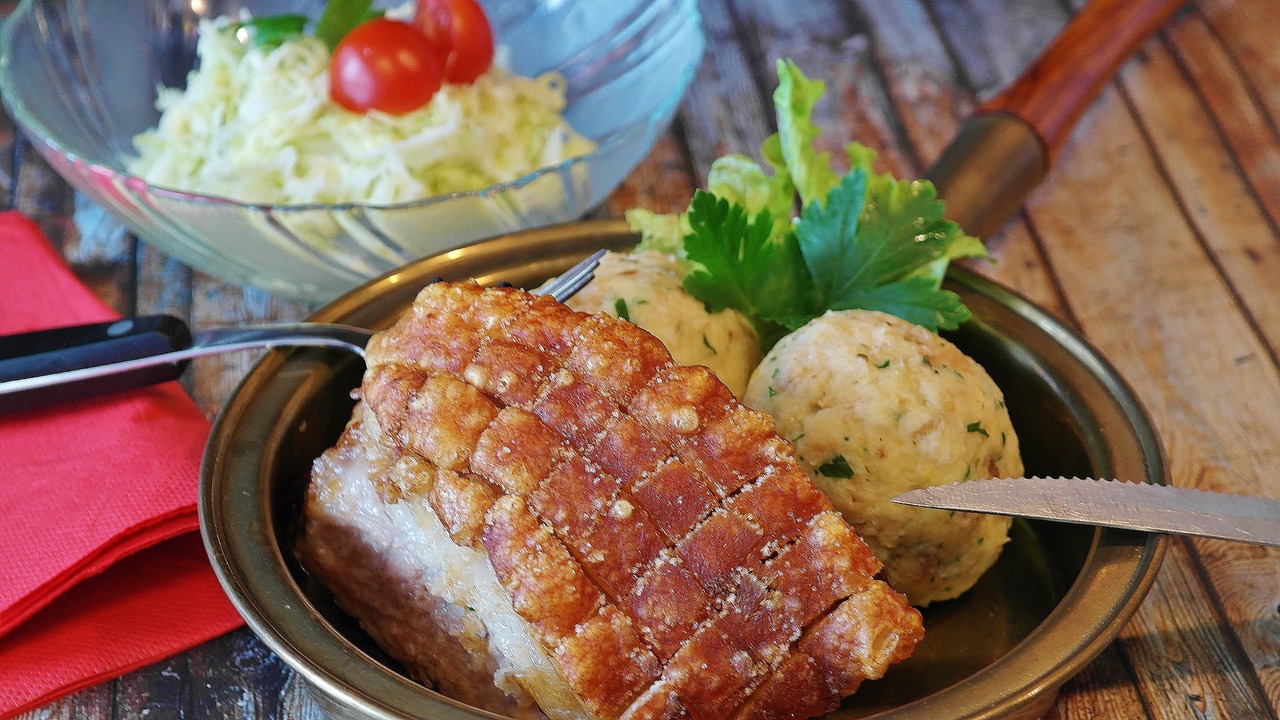
Ghee is virtually lactose-free and contains negligible casein, making it an excellent option for individuals with dairy sensitivities or allergies. It provides the buttery taste without the problematic components.
Ghee, often referred to as “clarified butter,” is a culinary gem that offers not only a rich, buttery flavor but also a unique advantage for individuals with dairy sensitivities or allergies. Its virtually lactose-free and negligible casein content makes it a standout option for those who might otherwise need to avoid traditional dairy products.
Lactose intolerance, a common condition, occurs when the body has difficulty digesting lactose, the natural sugar found in milk. For individuals with lactose intolerance, consuming even small amounts of lactose can lead to digestive discomfort, including gas, bloating, and diarrhea. This can make enjoying dairy-based foods a challenging proposition. However, ghee provides a delightful solution. The process of making ghee involves removing the milk solids, which contain most of the lactose. As a result, ghee becomes virtually lactose-free, allowing individuals with lactose intolerance to savor its buttery goodness without digestive distress.
Casein is another potential trigger for individuals with dairy allergies. It’s a protein found in milk and dairy products and can cause allergic reactions in some people. Ghee’s casein content is so minimal that it is considered safe for many individuals with dairy allergies. While it’s essential to exercise caution and consult with a healthcare professional if you have severe dairy allergies, ghee often proves to be a well-tolerated alternative.
The beauty of ghee lies not only in what it lacks but also in what it delivers. It retains the delectable buttery taste that’s beloved in countless dishes worldwide. Whether you’re sautéing vegetables, drizzling it over popcorn, or using it as a cooking oil, ghee imparts a rich, nutty flavor that elevates your culinary creations.
Furthermore, ghee offers a high smoke point, making it an excellent choice for various cooking methods, including frying and roasting. Its stability at high temperatures means it won’t break down and produce harmful compounds, as some other cooking oils might.
In essence, ghee is a versatile and delicious dairy alternative that caters to the needs of individuals with lactose intolerance or dairy allergies. It allows them to enjoy the indulgent taste of butter without the problematic components, expanding their culinary options and enhancing their overall dining experience. So, whether you’re looking to accommodate dietary restrictions or simply exploring new flavors, ghee is a versatile and delectable addition to your kitchen.
For a comprehensive look at this subject, we invite you to read more on this dedicated page: Therapeutic Uses of Triphala in Ayurvedic Medicine – PMC

Ghee is a preferred fat source for those following ketogenic and paleo diets due to its high concentration of healthy saturated fats and low levels of carbohydrates.
Ghee, with its unique nutritional profile, has earned a cherished place in the dietary preferences of those embracing ketogenic and paleo diets. These dietary approaches prioritize certain macronutrient ratios and food choices, making ghee an ideal fat source for several compelling reasons:
High-Quality Fats: Ghee is renowned for its richness in high-quality fats, predominantly saturated fats and monounsaturated fats. Saturated fats, once vilified, have undergone a reevaluation in recent years, with emerging research challenging the notion that they are detrimental to health. In fact, ghee’s saturated fats, primarily in the form of stearic acid, are metabolized differently in the body and may not have the same adverse effects as some other saturated fats.
Ketogenic Fuel: For those adhering to a ketogenic diet, which emphasizes high fat intake and very low carbohydrate consumption, ghee is an excellent source of clean, concentrated energy. Its high saturated fat content can help individuals maintain ketosis, a metabolic state where the body primarily burns fat for fuel instead of carbohydrates. Ghee’s minimal carb content makes it a valuable addition to ketogenic meal plans.
Low in Carbohydrates: Paleo and ketogenic diets both prioritize the reduction of refined carbohydrates and sugars. Ghee aligns seamlessly with these principles, as it contains negligible carbohydrates. This ensures that individuals can enjoy its rich, buttery flavor without compromising their dietary goals.
Lactose and Casein-Free: Ghee is created through the clarification of butter, a process that effectively removes milk solids, including lactose and casein. This makes ghee a suitable choice for individuals who are lactose intolerant or have dairy allergies, a common consideration for those following paleo diets.
Enhanced Nutrient Absorption: Ghee is also recognized for its potential to enhance the absorption of fat-soluble vitamins, such as vitamins A, D, E, and K. This synergy is particularly appealing for paleo enthusiasts, who often focus on nutrient-dense foods.
Stable at High Temperatures: Ghee boasts a high smoke point, which means it can withstand high cooking temperatures without breaking down or producing harmful compounds. This attribute makes it an ideal cooking fat for sautéing, frying, or roasting—a valuable feature for both ketogenic and paleo cooking.
In conclusion, ghee stands as a prized fat source for those embracing ketogenic and paleo diets due to its unique composition of healthy saturated fats, low carbohydrate content, and compatibility with the core principles of these dietary approaches. Whether used as a cooking fat or enjoyed drizzled over vegetables, ghee adds a rich and savory dimension to meals while aligning with the nutritional objectives of these specialized diets.
To expand your knowledge on this subject, make sure to read on at this location: Grass Fed Sol Ghee 275gm | Sunshine Ayurveda
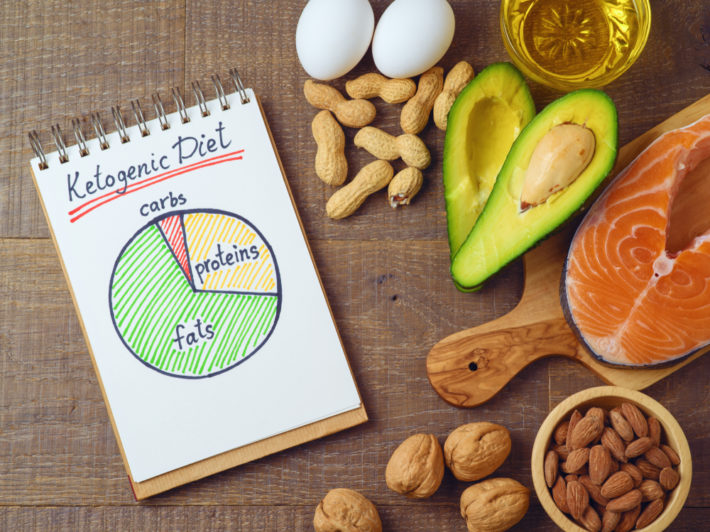
Ghee is gaining recognition in the beauty industry as a natural moisturizer for skin and hair. Its rich, nourishing properties can help hydrate and rejuvenate.
nullTo expand your knowledge on this subject, make sure to read on at this location: Turmeric, the Golden Spice – Herbal Medicine – NCBI Bookshelf

In mindfulness and meditation practices, ghee is sometimes used as an offering symbolizing purity and clarity.
In the realm of mindfulness and meditation practices, every element, from the setting to the rituals, is purposeful and symbolic, aiming to cultivate inner peace and self-awareness. Ghee, with its intrinsic qualities, finds a meaningful role in this sacred space, serving as an offering that goes beyond its culinary identity.
The use of ghee as an offering in mindfulness and meditation carries profound symbolism. It symbolizes purity, both in a physical and metaphysical sense. In its clarified form, ghee is devoid of impurities and milk solids, representing a state of pristine clarity. This clarity is akin to the tranquil mind sought in meditation, free from the clutter of thoughts and distractions.
Furthermore, ghee embodies the essence of transformation. It begins as ordinary butter, but through a meticulous process, it metamorphoses into something extraordinary. Similarly, in the practice of mindfulness and meditation, individuals seek to transform their state of being, transcending the ordinary aspects of life to attain a higher state of consciousness and self-realization.
The act of offering ghee is a symbolic gesture of surrender and devotion. Just as ghee willingly melts into the warmth of the offering flame, individuals surrender their ego and attachments, allowing themselves to become one with the divine or their inner selves. This act of surrender fosters a sense of humility and interconnectedness, reinforcing the spiritual journey.
The aroma of ghee as it melts and mingles with the sacred flame also serves as a sensory reminder of the transformative power of presence. It invites practitioners to immerse themselves fully in the moment, transcending the boundaries of time and space to connect with the present and the divine.
In this way, ghee becomes a bridge between the physical and spiritual realms, a tangible representation of the inner journey towards clarity, purity, transformation, and mindfulness. It is a reminder that even the simplest of offerings can carry profound meaning and contribute to the spiritual growth and self-discovery that mindfulness and meditation seek to cultivate.
Additionally, you can find further information on this topic by visiting this page: The Microbiome in Health and Disease from the Perspective of …

When incorporating ghee into your lifestyle, it’s crucial to choose high-quality, pure ghee. Look for ghee made from grass-fed or organic butter, as it tends to have a richer nutritional profile. Additionally, opt for products that are free from additives or preservatives.
Certainly, making an informed choice when selecting ghee for your lifestyle is essential to fully reap its benefits. Here are some additional tips to help you choose the best-quality ghee:
Check the Source: Look for ghee that explicitly mentions it’s made from grass-fed or organic butter. Grass-fed cows produce milk with a more favorable fatty acid profile, including higher levels of omega-3 fatty acids and conjugated linoleic acid (CLA), which can pass into the ghee.
Certifications: Seek ghee products with reputable certifications, such as USDA Organic, to ensure that they meet specific quality and sourcing standards.
Transparency: Trusted brands often provide information about the sourcing of their butter and the production process. Transparency in labeling can be a good indicator of a high-quality product.
Clarified Butter vs. Ghee: While ghee and clarified butter are similar, they are not the same. Ghee is simmered longer to develop a nuttier flavor, and the milk solids are intentionally caramelized. Ensure you’re purchasing ghee if that’s what you desire, as clarified butter may not offer the same depth of flavor.
Purity: Check the ingredient list. Ghee should contain only one ingredient: butter. It should not have any additives, preservatives, or artificial flavors.
Packaging: Ghee is light-sensitive and can become rancid if exposed to direct light. Opt for ghee packaged in dark or opaque containers to protect it from light.
Aroma and Taste: High-quality ghee typically has a rich, nutty aroma and a pleasing, slightly sweet taste. Inferior quality ghee may have off-putting odors or flavors.
Storage and Shelf Life: Ghee has a long shelf life due to its low moisture content. However, it’s essential to store it in a cool, dry place, away from direct heat and sunlight. Proper storage can help maintain its quality for an extended period.
Customer Reviews: Reading customer reviews and testimonials can provide valuable insights into the taste, texture, and overall quality of a particular ghee brand or product.
Homemade Ghee: If you’re an enthusiast, consider making ghee at home. This way, you have complete control over the quality of the butter and the ghee-making process.
By following these guidelines, you can ensure that the ghee you select aligns with your preferences and nutritional goals. High-quality ghee not only enhances the flavor of your dishes but also contributes to your overall well-being.
To delve further into this matter, we encourage you to check out the additional resources provided here: The effect of ghee (clarified butter) on serum lipid levels and …
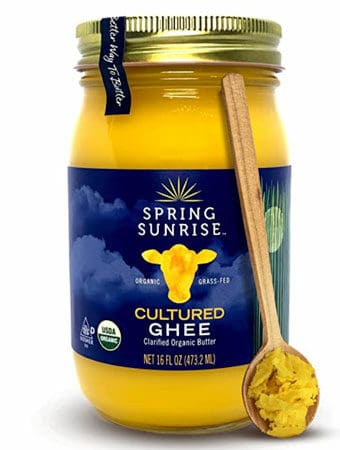
Conclusion
Ghee’s role in Ayurvedic medicine as a therapeutic and culinary substance has transcended time and borders. Its traditional uses in Ayurveda have found resonance in modern wellness practices, as people discover the potential health benefits and versatility of this golden elixir. Whether you embrace ghee for its rich flavor, dietary compatibility, or holistic healing properties, it remains a cherished ingredient that bridges the ancient wisdom of Ayurveda with contemporary well-being.
The enduring legacy of ghee in the realm of Ayurvedic medicine is a testament to its profound significance in both therapeutic and culinary contexts. Ayurveda, with its roots in ancient India, has long revered ghee as a holistic substance that transcends the boundaries of time and geography.
In the world of Ayurveda, ghee holds a prominent place as a “sattvic” food, one that is believed to promote clarity, balance, and overall well-being. Its traditional uses encompass not only dietary applications but also therapeutic rituals and treatments. Ghee is considered a vital carrier of medicinal herbs in Ayurveda, enhancing their absorption and efficacy within the body.
Remarkably, the wisdom of Ayurveda and the timeless uses of ghee have found a harmonious convergence with modern wellness practices. As health-conscious individuals explore the multifaceted benefits of this golden elixir, ghee has earned a well-deserved spot in contemporary kitchens and holistic health regimens.
One of the reasons for ghee’s widespread appeal in modern times is its remarkable versatility. It seamlessly adapts to various culinary applications, from sautéing and frying to baking and drizzling over dishes. Its rich, nutty flavor can elevate the taste of both savory and sweet creations, making it a favorite among chefs and home cooks alike.
Moreover, ghee is celebrated for its dietary compatibility. It is suitable for those who follow specialized diets, such as ketogenic, paleo, or lactose-free regimens, due to its purity and the removal of milk solids during its preparation. Its high smoke point also makes it a stable and safe choice for high-heat cooking methods.
Beyond its culinary attributes, ghee continues to be embraced for its holistic healing properties. Its role in Ayurvedic medicine extends to promoting digestive health, nourishing the body’s tissues, and supporting mental clarity. Many individuals turn to ghee as a source of healthy fats that can enhance brain function and overall vitality.
Whether you are drawn to ghee for its rich flavor, dietary compatibility, or holistic healing potential, it remains a cherished ingredient that bridges the timeless wisdom of Ayurveda with the pursuit of contemporary well-being. As ghee’s popularity continues to grow, it serves as a reminder of the profound connection between ancient traditions and the evolving landscape of modern wellness, offering a wealth of benefits for those who seek to embrace its virtues.
To delve further into this matter, we encourage you to check out the additional resources provided here: Modern Science Backs Up Ancient Knowledge Of Ayurveda …
More links
For a comprehensive look at this subject, we invite you to read more on this dedicated page: An Overview on Ashwagandha: A Rasayana (Rejuvenator) of …
